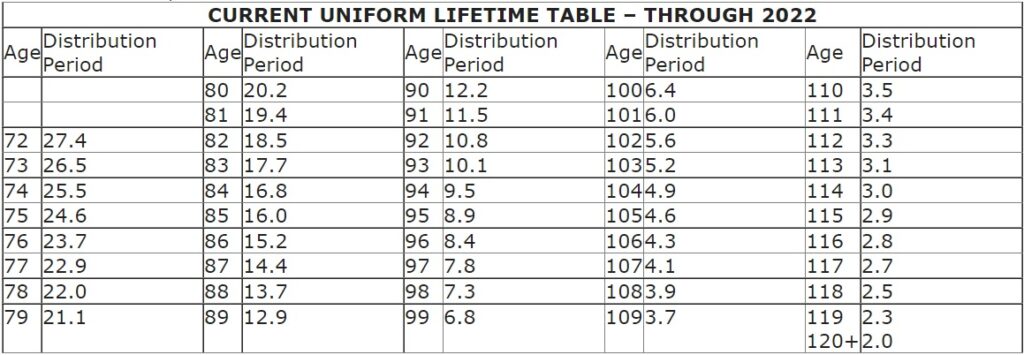Individuals are always looking for tax deductions that can reduce their tax liability. But what is the actual tax benefit derived from a tax deduction? There is no straightforward answer because some deductions are “above the line”, others must be itemized, some must exceed a threshold amount before being deductible, and certain ones are not deductible for alternative minimum tax purposes, while business deductions can offset both income and self-employment tax. In other words, there are many factors to consider, and the tax benefits differ for everyone, depending on their particular situation and tax bracket.
For most non-business deductions, the savings are based upon your tax bracket. For example, if you are in the 12% tax bracket, a $1,000 deduction would save you $120 in taxes. On the other hand, if you are in the 32% tax bracket, the $1,000 deduction will save you $320 in taxes. Even so, if your taxable income is close to transitioning into the next-lower tax bracket, the benefit will be lower.
You also need to consider whether the deduction is allowed on your state return and what your state tax bracket is to determine the total tax savings. Currently, the maximum federal tax bracket is 37%, meaning the most benefit that can be derived from a $1,000 income tax deduction is $370. Some individuals justify making discretionary purchases just because they are tax-deductible. Even in the highest tax bracket, you are still paying $630 out of pocket ($1,000 − $370), so it does not make sense to incur a tax-deductible expense just for the tax deduction.
Some deductions, such as IRA and self-employed retirement plan contributions, alimony, and student loan interest, are adjustments to income or what we call above-the-line deductions. These deductions, to the extent permitted by law, provide a dollar deduction for every dollar claimed. On the other hand, deductions that fall into the itemized category must exceed the standard deduction for your filing status before any benefit can be derived. In addition, medical deductions are reduced by 7.5% of your adjusted gross income (AGI), and most cash charitable deductions are limited to a maximum of 60% of your AGI. Under the tax reform that became effective in 2018, the deduction for state and local taxes is currently capped at $10,000 per year.
The most beneficial deductions are business deductions that offset both income tax and, depending upon the circumstances, self-employment tax. For 2023, the self-employment tax rate is 12.4% of the first annually inflation adjusted $160,200 of net self-employment income plus 2.9% for the Medicare tax, with no cap. Contact this office for rates applicable to other years. Some high-income taxpayers may pay an additional 0.9% Medicare tax. For self-employed businesses with less than $160,200 of net income, the self-employment tax rate is 15.3%. Thus, for small businesses with profits of less than $160,200, the benefit derived from deductions generally will include the taxpayer’s tax bracket plus 15.3%. For example, for a taxpayer in the 24% tax bracket, the benefit could be as much as 39.3% (24% + 15.3%) of the deduction. If the deduction were $2,000, the tax savings could be as much as $806 or more, when the taxpayer’s state income tax bracket is included.
In addition to deductions, taxpayers also benefit from tax credits. Tax credits reduce the tax, not the taxable income, dollar for dollar. These credits come in different varieties. Some, referred to as non-refundable will only reduce a taxpayer’s tax liability to zero while refundable credits will reduce the tax liability to zero and any balance is refunded. In addition, some unused non-refundable credits can be carried to other years. The following are examples of 2023 tax credits:
- Earned Income Tax Credit (EITC) – This inflation adjusted credit is for lower income taxpayers based on their earned income and overall income for the year. The credit can be as much as $7,430, and is a refundable credit.
- Home Solar Credit – Is 30% of the cost of a home solar electric system put into service in 2023. The credit is non-refundable, but unused credit carries over to future years.
- Credit for Energy Efficient Home Modifications – This credit is 30% of the cost ofmaking qualifying energy saving improvements to your existing home. The costs, and thus the credit, is limited by the type of home improvement and the annual maximum credit is $1,200. However, this is a non-refundable credit and there is no carryover.
So when evaluating the tax benefit of a tax credit one must consider whether it is a refundable credit; if any unused amounts carry over to be used in other years; and whether there are any limits on the dollar amount of the credits.
If you are planning an expenditure and expect the tax deduction or tax credit to help cover the cost, please call before making the purchase to ensure that the tax benefit will be what you anticipate.







